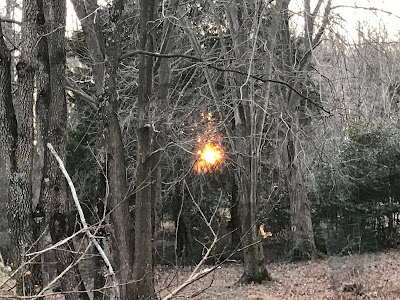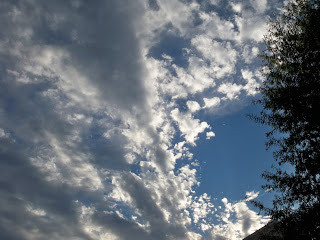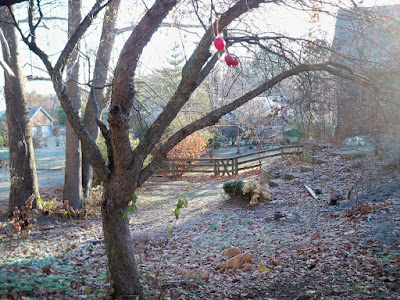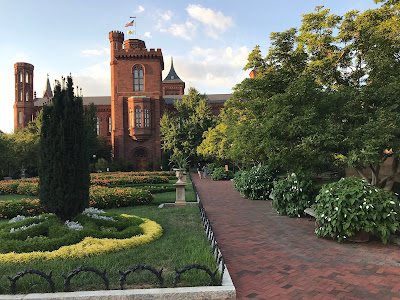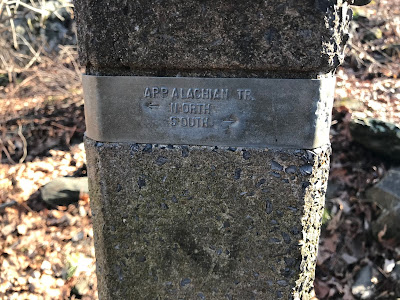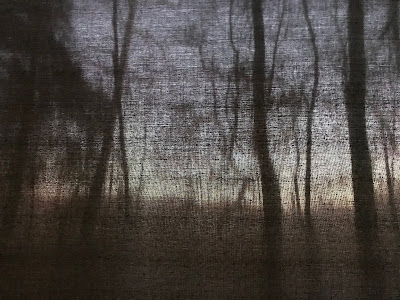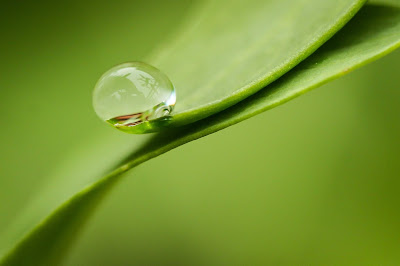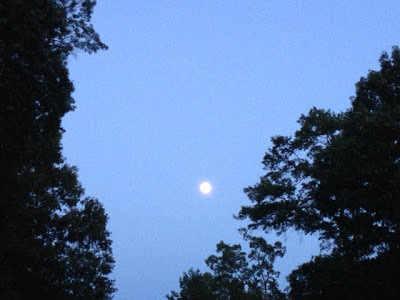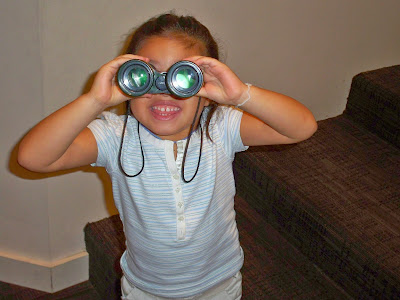It was an aha moment made possible by a liberal arts education, and it happened in the biology lab. While dissecting the brain of a fetal pig I came across the pineal gland, located between the two hemispheres and thought by some (including Descartes) to be the seat of the soul. I had just been reading Descartes in my philosophy class, and the fact that I was now seeing that very gland (albeit a tiny porcine version of it) made my heart skip a beat.
I still pay attention to things like this, strange connections and coincidences when the fates seem to be saying, listen up … this is important.
What I’ve been noting lately — both from Becca, the physical therapist I’ve been seeing, and reading in Sarah Kaufamn’s The Art of Grace (more later about this fine book) — is the importance of good posture.
Posture is a foundation for moving gracefully, Kaufman writes, and good posture provides an uplifting feeling. This was seconded by Becca, who tells me that in the process of tightening my core I should concentrate on being pulled up, that this will counteract a tendency to collapse in the midsection that can irritate the spine and cause sciatic flare-ups.
“If you watch people walk,” Kaufman writes, “most of us sink into our hips. … There should be a comfortable tension in the torso, lifting the abdomen and hips against gravity while helping relax and easing shoulders down slightly.”
The fates have spoken — and I’m trying to walk tall.
